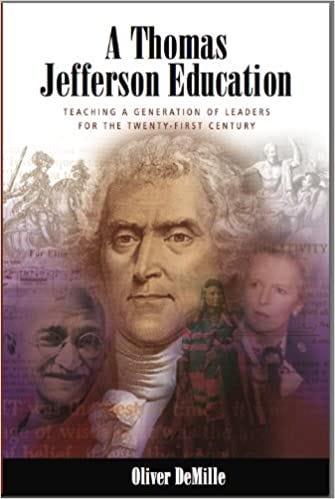Welcome to the Happy Hour Hack, a weekly Friday post of tips and inspiration to take you into the weekend. I always share one thing from my interviewee of the week, along with any ideas I receive from readers, plus some things that are piquing my own interest.
Hack
This week’s tip is from New York Times Magazine story editor Raha Naddaf, and it’s something that is for the whole family:
Watch Bluey. It’s a handbook on parenting masquerading as a kids show. I aspire to be as patient and playful as the parents are on that show.
The Guardian agrees: “Bluey is a landmark Australian show for many reasons. But an important one is this: amid the ridiculous and the ordinary, Bluey’s parents regularly find themselves both sharing and receiving the poignant wisdom that comes with the drudgery and absurdity of parenting.”
You can find more insight from Raha on things like not making rejection personal and how the work and personal life divide is ridiculous here.
The Forum
After reading the Happy Hour Hack: Christine Han edition, one reader, Alison Fox, responded to Christine’s newfound aversion to being a mindless producer (Christine felt that motherhood helped her rearrange her priorities to put her family before work). Alison recommended the above book, A Thomas Jefferson Education, with this note:
We were homeschooling and I read the book Thomas Jefferson education which changed my life. It is basically about fixing and working on YOU and your children taking lessons from that more than you focusing your time/energy on the act of teaching down to them. So doing, not telling. If you read, they will read, if you follow your interests, they will learn to do the same. This means less about producing to me and more about learning what intrinsically motivates you. Not revolving your life around working for someone else – because that is how it is now a days – but working for yourself and making your life more purposefully driven.
I haven’t yet read the book, but I certainly love this concept. Does anyone have examples of how they have successfully done something for themselves that has impacted or taught their children something? Let us know!
Music
Do you all know about the app Radiooooo?! It’s a musical time machine. There’s an interactive map, where you can select a country and then select a decade, and you are audibly transported to that place and era with a curated playlist.
This is a dream for a dinner party. Make Julia Child’s Coq au Vin and play music from France in the ’50s. Have a make-your-own poké bowl party and play Hawaiian music from the ’80s. Throw an apps-and-cocktail party with empanadas and ’70s Argentine music.
Or, if all of those ideas sound extremely overwhelming because you have kids and the phrase “dinner party” makes you break out in a cold sweat, make the rugrats some quesadillas and put on some ’40s Mexican music and say, “Here! I’m giving you some culture!” And then drink a beer because you earned it.
Painting
It is suddenly very much springtime in New York, and I wanted to share some artwork with you that I love and that feels appropriate for the season. Griff Williams is a painter, publisher, and the owner of Gallery 16 in San Francisco.
During the pandemic he created a Moon Mountain series of paintings inspired by the views from his home in Sonoma County. You can see a bunch of them here.
Griff’s description of this series is really quite beautiful:
We like to identify the places we live as being distinct from other places. And we impose values upon them that focus on this implied uniqueness. In the poem “Description Without Place”, Wallace Stevens explores the idea that, “internally, we really live not in places themselves but in descriptions of places. When we describe a place, we describe how it seems to us, how it reflects our desires.”
During the pandemic, I, like many, spent a lot of time peering from the inside out. Looking out my window over the Sonoma Valley, I was struck by the metaphor of reflection. Not just transmissive light reflections, but cognitive reflection. I started out being visually seduced by reflected light, but gradually realized these paintings were metaphors for multiple viewpoints. Reality, as we experience it, depends entirely on the way we describe it, what we obscure and what we emphasize. It arises from our experience, shaped by individual taste and desire, and lodges in memory. As our memories are retold, they change ever so slightly with each recitation.
Like Stevens’ poem, these works consider a description, not of a place, but my desires, my idea of a place. One that is influenced by that which is visible and obscured. I conflate the inside and outside, to consider multiple perspectives and to acknowledge interdependencies. In that way, these works have a political component. They are not political paintings, but like all understanding, they are rooted in introspective reflection that looks both inward and outward.
Here’s hoping we’ll all be able to find time this weekend for a little introspective reflection. If not, just gaze upon Griff’s stunning paintings.








